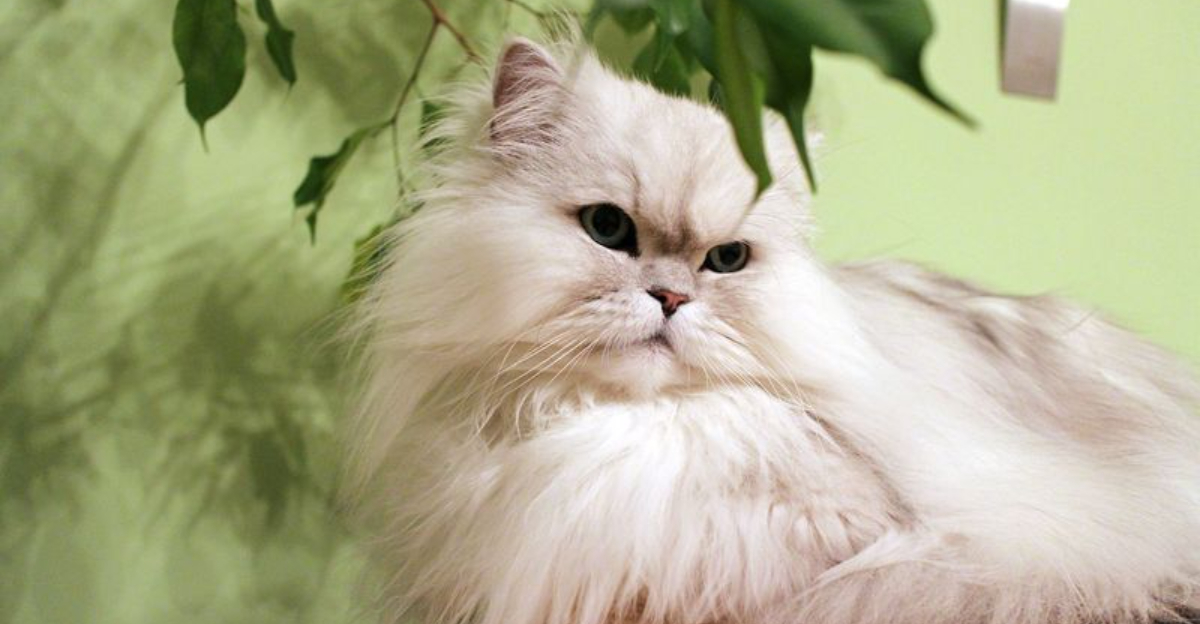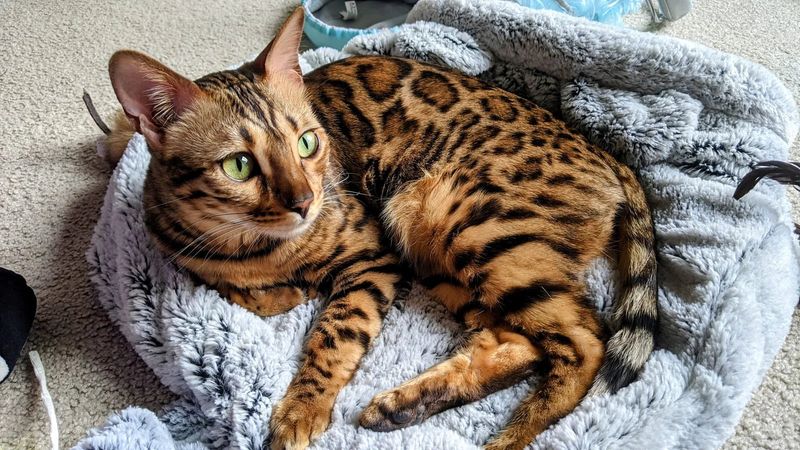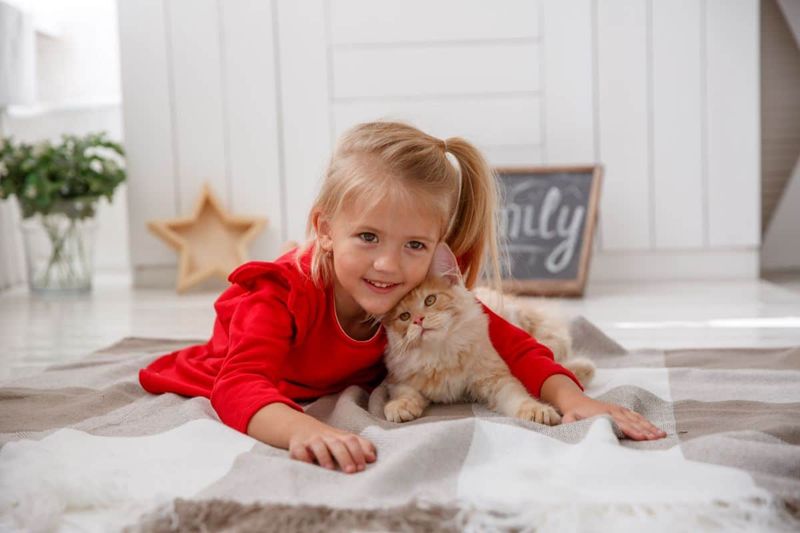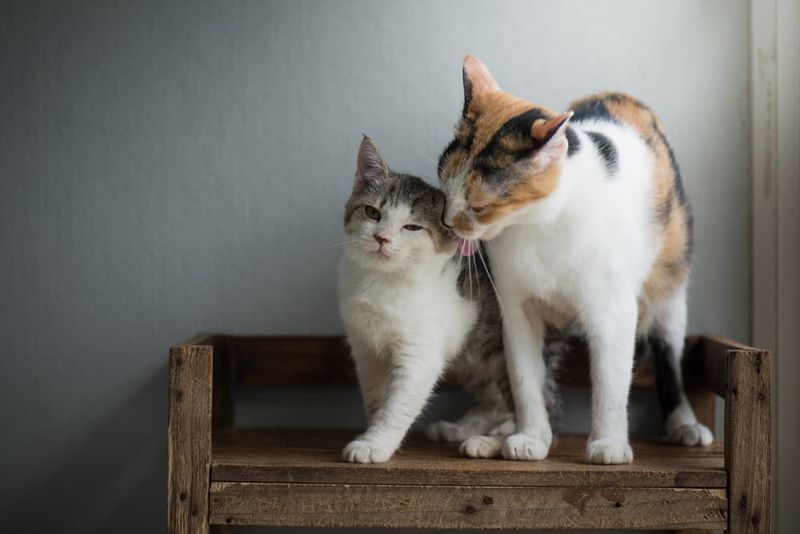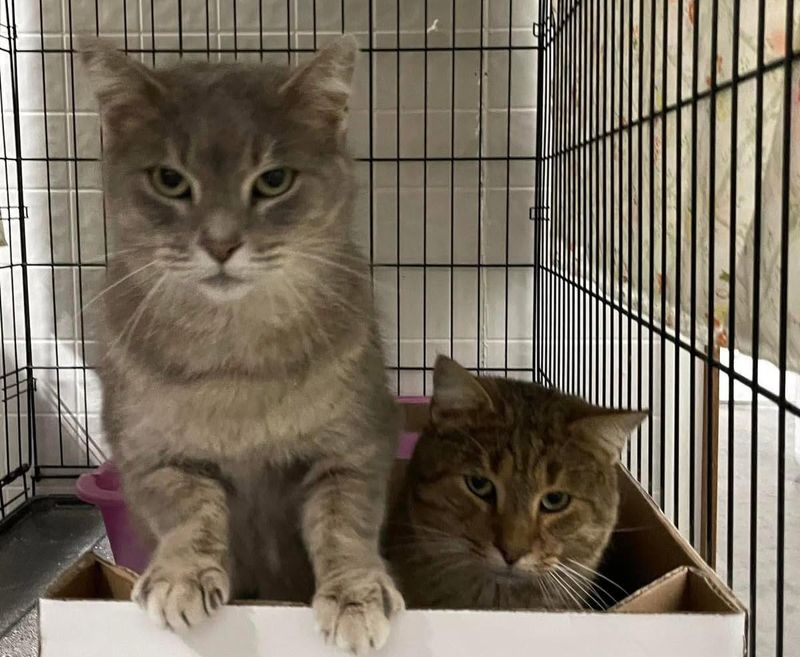📖 Table of Content:
Choosing a cat is more than a matter of cuteness—it’s about finding a furry friend whose nature, energy, and habits align with your home and daily rhythm. While every cat has its quirks, some traits are more predictable than others, especially across breeds or life stages. Understanding what you want in a feline companion, and what your home can realistically offer in return, will lead to a much happier match.
Whether you’re a first-time cat owner or adding to your feline family, the decision to adopt shouldn’t be rushed. Cats come in a wide variety of temperaments, grooming needs, sociability levels, and activity preferences. By being mindful of your living situation and expectations, you can avoid mismatches that cause stress—for both you and the cat.
This guide offers practical insight into what to consider before bringing home your ideal cat. From lifestyle compatibility to future planning, these eight points are designed to help you choose wisely. Each section highlights a specific consideration, giving you a clear picture of what kind of cat will truly thrive with you.
1. Assess Your Lifestyle and Energy Levels
Your personal energy and daily activity are a major clue to the type of cat you should welcome into your life. If you spend a lot of time at home, enjoy interaction, and love a cat that follows you around, high-energy breeds like Abyssinians or Bengals can keep up. On the other hand, if you prefer peace and quiet, or you’re often away at work, you might fare better with a mellow breed like the Ragdoll. Matching energy levels can prevent frustration, especially in cats that may act out when bored. High-energy cats require play, mental stimulation, and engagement throughout the day. Lower-energy cats tend to be content with cozy naps and occasional affection. Being honest with yourself about your energy level is key to long-term harmony.
2. Consider Living Space
Size and layout of your home can dramatically affect your cat’s quality of life. While cats are known for adapting, breeds with high curiosity or energy levels tend to thrive in environments where they can climb, explore, and play freely. Compact spaces are best suited to cats that enjoy lounging and don’t demand much physical stimulation, such as Persians or Russian Blues. If you live in a multi-level home or have room to install climbing trees, more active breeds can stretch both their legs and minds. Keep in mind that confined or cluttered spaces can make a highly active cat anxious or destructive. Space-conscious owners should think creatively about vertical real estate, such as wall-mounted shelves or hammocks. Every square foot counts when it comes to feline happiness.
3. Factor in Family Dynamics
Households with children, seniors, or other pets should weigh the temperament and tolerance of a potential new cat. Gentle and sociable breeds like the Maine Coon or American Shorthair are often praised for their patience and friendliness with kids. If your home includes other animals, you’ll also want a cat that can cohabitate peacefully. Meanwhile, quieter households may appreciate a more reserved breed that doesn’t require constant interaction, such as a Chartreux. Cats who aren’t fond of loud noises or fast movement can become stressed in bustling environments. Adopting a cat with a known history of compatibility with your family type is a safer bet. Remember, social needs vary widely, so your home dynamics should guide your selection.
4. Understand Breed Temperaments
Not all cats behave alike—breed plays a significant role in personality and behavior. For instance, the Siamese is vocal and craves attention, making it ideal for owners who enjoy conversation and companionship. Meanwhile, breeds like the Sphynx thrive on affection and physical closeness, often following their humans from room to room. Some cats are more independent, while others get lonely quickly without engagement. By doing research on breed temperaments, you’ll avoid surprises that can lead to mismatched expectations. Shelters and breeders can provide insights into what a particular breed or mix is like on a daily basis. Taking the time to align your personality with the cat’s nature can make for a deeply fulfilling bond.
5. Think About Grooming Needs
Grooming can be a relaxing routine—or an unwelcome chore—depending on the cat and the owner. Long-haired cats such as Himalayans or Persians require regular brushing to avoid matting and hairballs. Short-haired or hairless cats are lower maintenance but still benefit from occasional grooming and skin care. Allergies can also be influenced by grooming needs and shedding volume, so that’s something to consider for sensitive households. If time is tight or you travel often, a low-maintenance coat might be preferable. Some cats also enjoy being groomed, while others resist handling, which can turn basic care into a battle. Your grooming tolerance should match your cat’s coat and temperament to avoid stress.
6. Decide Between Kitten or Adult Cat
Age plays a pivotal role in the cat adoption process. Kittens, while adorable, are bundles of energy that need training, patience, and careful supervision. They are still forming their personalities, which may make future behavior harder to predict. Adult cats, on the other hand, usually come with established habits and a known temperament, allowing you to select one that already suits your lifestyle. Shelters can often give you detailed histories for adult cats, including how they respond to children, pets, or alone time. Some people prefer the rewarding challenge of shaping a kitten’s behavior, while others value the consistency and calm of a mature cat. Think about how much time and energy you can invest before choosing an age range.
7. Visit Shelters and Spend Time with Cats
Firsthand interaction is one of the most revealing ways to determine compatibility with a cat. Spending time at a shelter or adoption center allows you to observe behavior, responsiveness, and social traits up close. While breed descriptions offer guidance, individual personalities can vary greatly, even within a breed. Watching how a cat reacts to you—whether it seeks contact, stays aloof, or hides—can be incredibly telling. Many shelters also allow trial adoptions or fostering, giving you a chance to test compatibility before making a commitment. Bringing a cat home after just a glance or online photo might lead to mismatched expectations. Real-life chemistry matters just as much as practical considerations.
